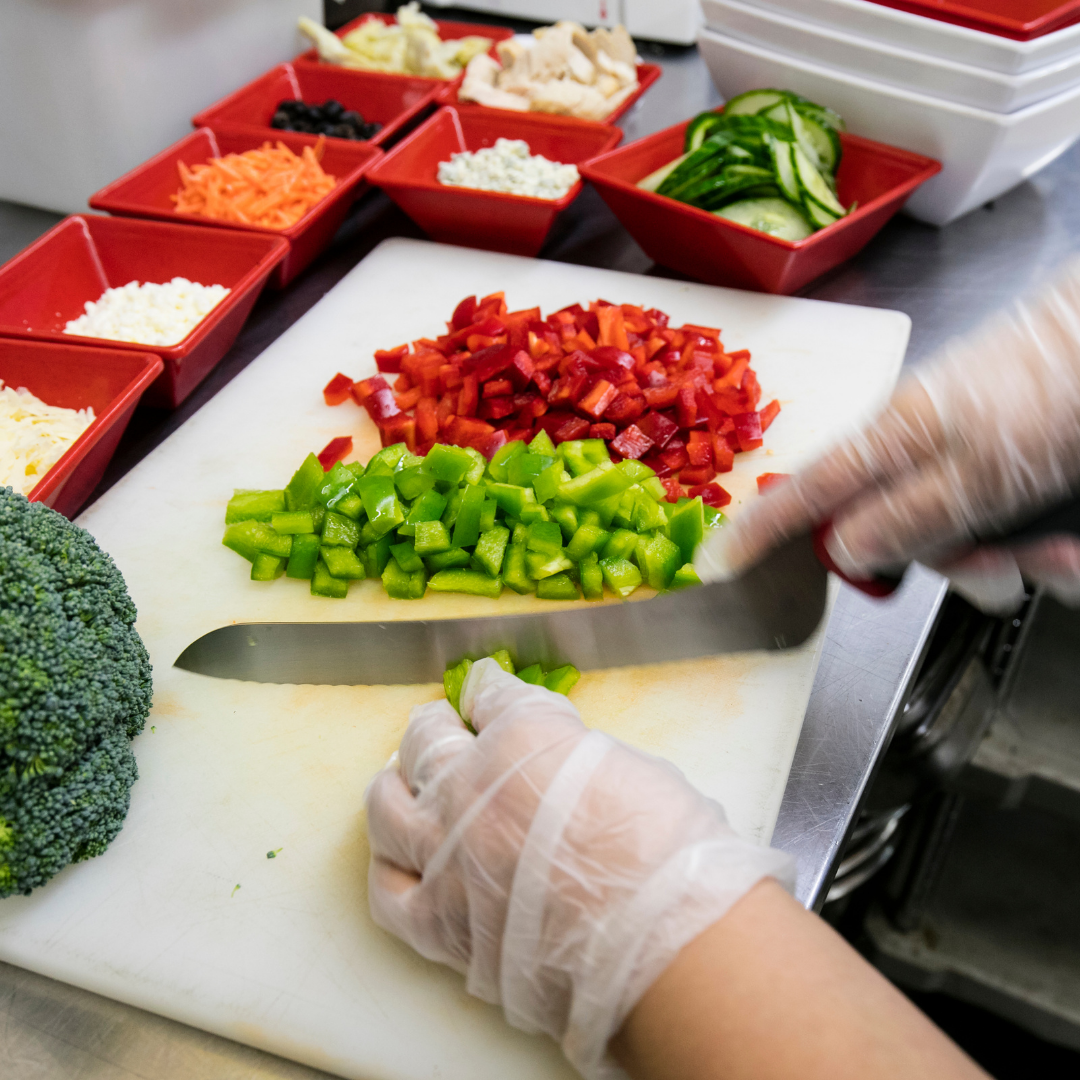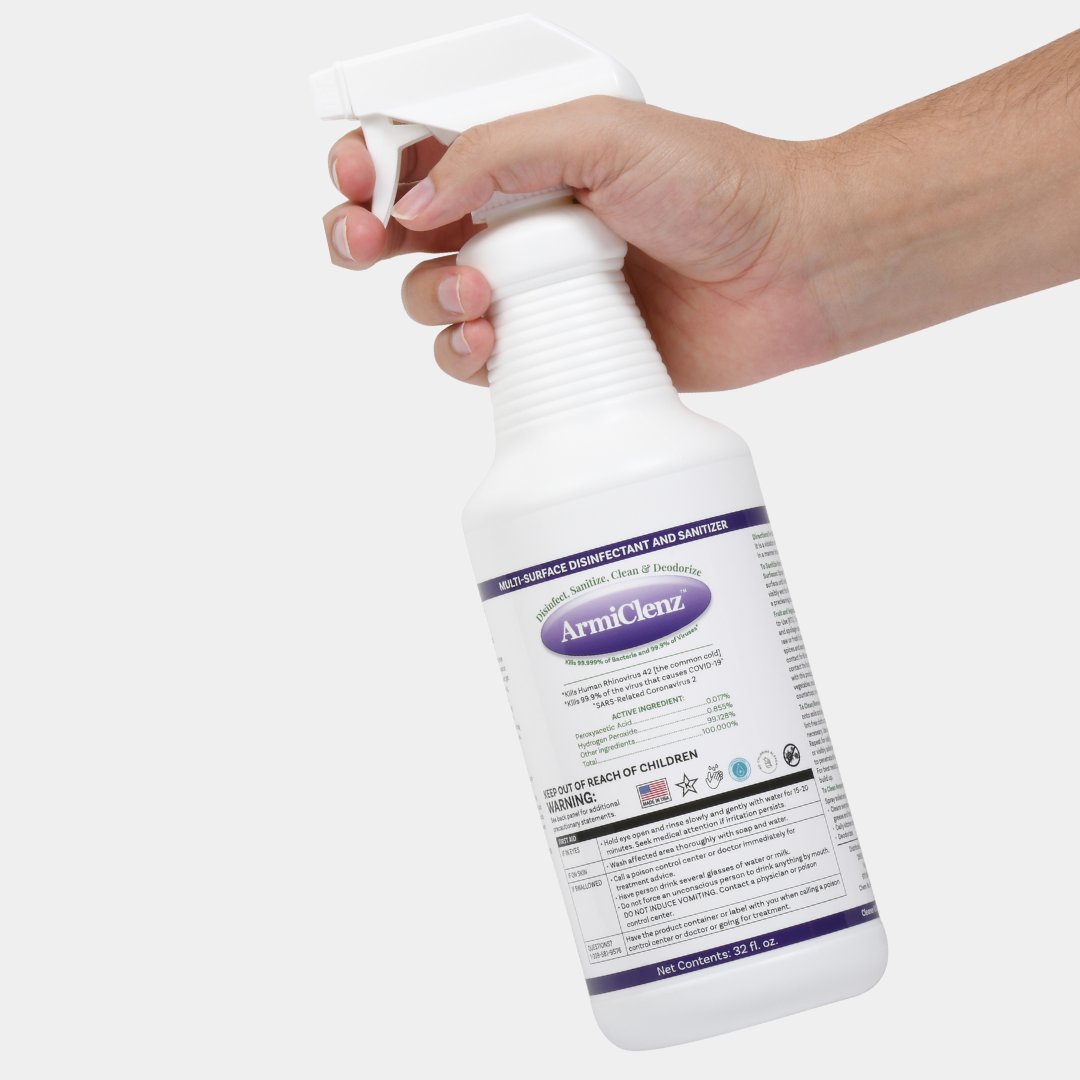ArmiClenz® Disinfectant is a sanitizer for hard, non-porous surfaces.
The definition of sanitizing as described by the CDC is an agent that reduces the number of bacterial contaminants. According to the protocol for the official sanitizer test, a sanitizer is a chemical that kills 99.999% of the specific test bacteria under the conditions of the test.
So, now we know the definition of a sanitizer. What is a sanitizing product claim?
A very general definition of a product claim is when a company names a specific product and informs you, the consumer, of the product's purpose, and then tells you exactly what it does - or doesn't do.

* ArmiClenz® Disinfectant is a sanitizer for hard, non-porous, food contact area surfaces.
* ArmiClenz® Disinfectant is an institutional or household sanitizer for previously cleaned non-porous food contact surfaces in dairies or wineries or breweries or food and beverage plants or poultry egg facilities or kitchens or bathrooms.
* ArmiClenz® Disinfectant can be used in Federally inspected Meat or Poultry processing facilities as a sanitizer.
* ArmiClenz® Disinfectant is an effective, hard, non-porous food contact surface sanitizer for use in the kitchen or restaurants.
* ArmiClenz® Disinfectant kills 99.999% of bacteria, when used as directed.

Directions for use to Sanitize Hard, Non-Porous Surfaces:
1. Spray 6-8 inches from surface until visibly wet.
2. Let stand and remain visibly wet for 60 seconds.
3. A post application wipe or rinse is optional.
Directions for use to Disinfect (kill 99.9% of Viruses* & 99.999% of Bacteria):*
1. Spray 6-8 inches from surface until thoroughly wet. Alternatively, directly apply with a dry paper towel, lint-free cloth, sponge, or mop.
2. Let Stand 60 seconds to Sanitize. 10 minutes to Disinfect.
3. Wipe with a clean cloth or paper towel or allow to air dry. (Optional)
4. No rinse required. (Optional potable water rinse for food contact, but not required.)
Click here to learn What Hard, Non-Porous Surfaces are.






